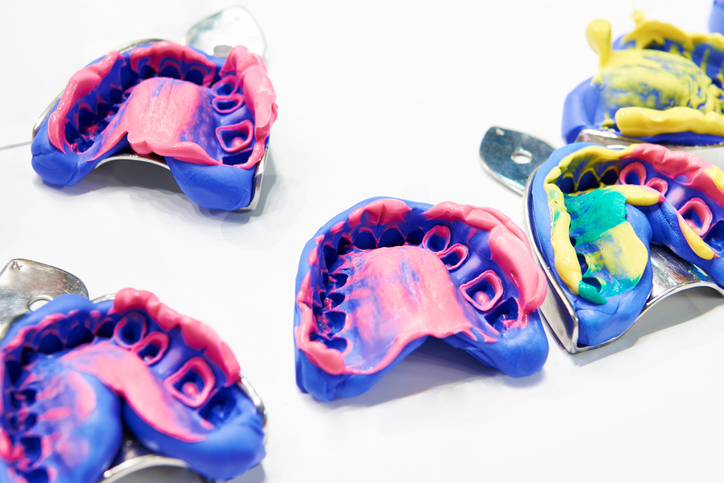
Digital vs. conventional impressions in maxillary edentulism

Digital impressions may offer similar benefits in patients with maxillary complete edentulism compared with conventional impressions.
In a study published in BMC Oral Health, researchers analyzed digital and conventional impression approaches in 15 patients with maxillary complete edentulism and healthy oral mucosa receiving tissue-supported complete dentures. They sought to determine whether strategies involving either intraoral scanners with or without artificial intelligence or conventional one- or two-step methods — with a stock tray and irreversible hydrocolloid or an individual tray and zinc oxide eugenol, respectively — provided quicker, cost-effective and more reliable impressions. A modified impression was also developed using a two-step intraoral scanner approach.
The researchers found that the mean border deviation was statistically significant in the two-step and one-step conventional groups. The mean deviation in the palatal area was statistically significant in the intraoral scanner groups with and without AI. However, there were no statistically significant differences in the mean amount of deviation between the two-step and intraoral scanner without AI groups as well as the intraoral scanner without AI and intraoral scanner with modified impression groups, indicating the accuracy of digital approaches.
The findings highlighted the potential clinical applications of digital impressions in this patient population.
Read more: BMC Oral Health
The article presented here is intended to inform you about the broader media perspective on dentistry, regardless of its alignment with the ADA's stance. It is important to note that publication of an article does not imply the ADA's endorsement, agreement, or promotion of its content.